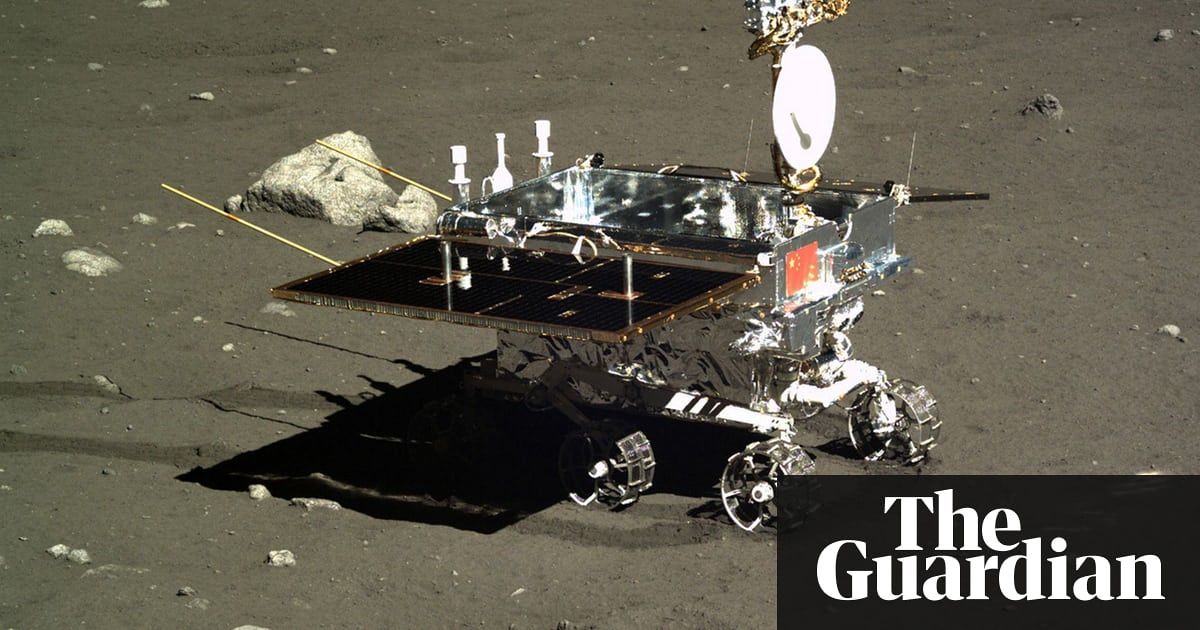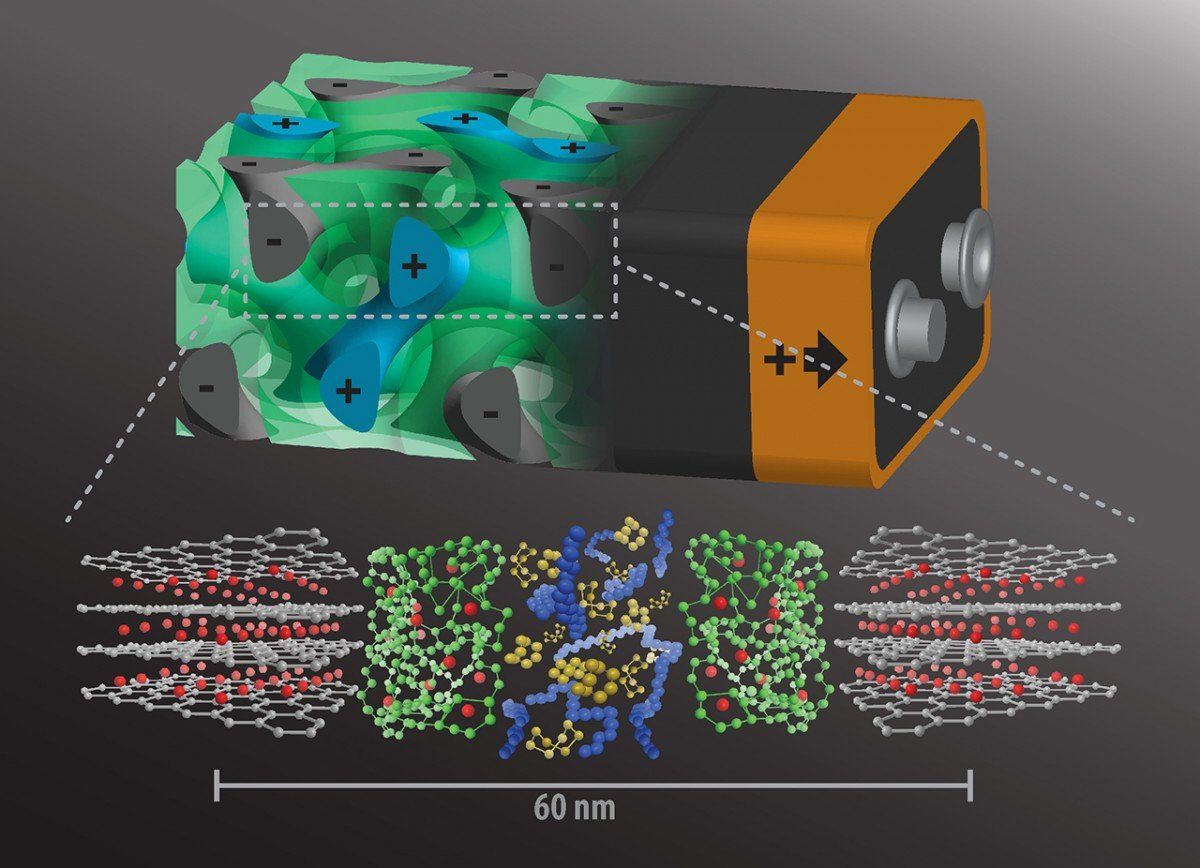Important new study to track — “The team will start recruiting the first of 1,000 low-income mothers next week…Of that 1,000, roughly half will be randomly selected to receive an unconditional $333 a month, while the others will form a control group that will receive $20. The money, which is completely unconditional, will be loaded onto a pre-paid debit card every month for 40 months, on the date of the child’s birthday. The hypothesis is that this steady stream of payments will make a positive difference in the cognitive and emotional development of the children whose mothers receive it”
___ Does growing up poor harm brain development? (The Economist): “Plenty of evidence suggests that growing up poor, living through these kinds of scrapes, has a detrimental impact on child development. Children from rich families tend to have better language and memory skills than those from poor families. More.








